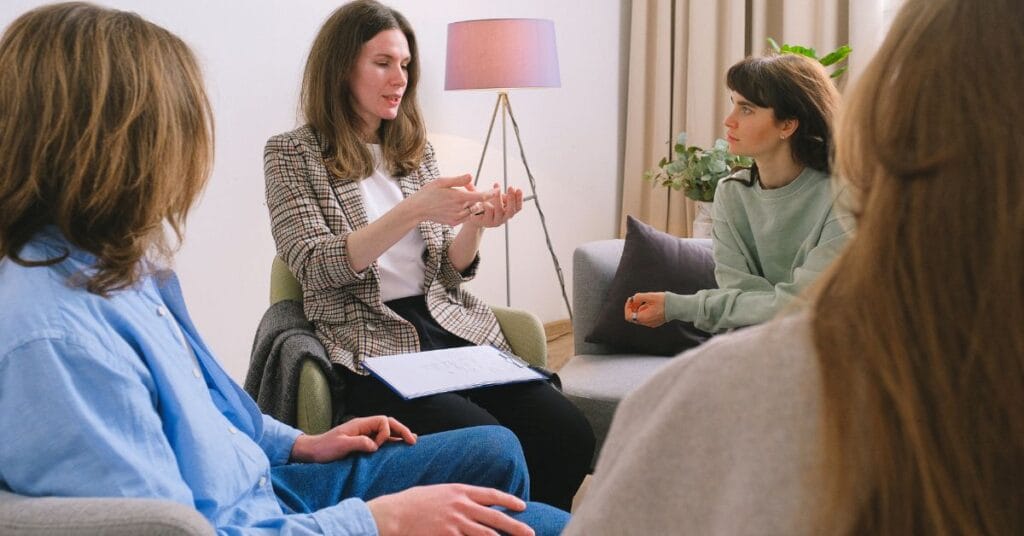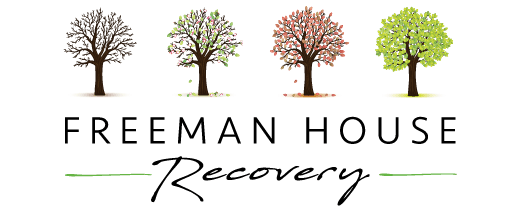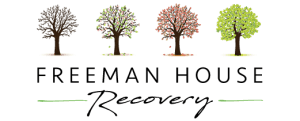Group therapy is one of the most widely used methods in structured recovery settings. It brings together individuals who are facing similar problems with substance use. The group is led by a trained facilitator who helps steer discussions, mediate conflict, and keep things focused. These sessions are not about lecturing or preaching. They are a space for people to speak, listen, and reflect without pressure.
While individual therapy is more personalised, group therapy allows people to hear how others are working through the same obstacles. It can feel far less lonely. No one is there to judge. People talk openly about relapses, cravings, regrets, and hopes — things that may be hard to say anywhere else. And through this process, something starts to shift. Shame turns into honesty. Fear turns into progress. And silence turns into support.
The Role of Group Therapy in Recovery

Group therapy plays a central part in helping people stay clean. That’s not just a theory — it’s backed by decades of feedback and observation in real-world rehab settings. When people are surrounded by others working towards the same outcome, they feel less alone. There’s a shared understanding. You don’t need to explain every detail of what you’ve been through, because the others already get it.
This setting also provides structure. For someone who’s recently stopped using, that structure can help fill the gaps left by substances. Regular group sessions give a reason to wake up, show up, and keep going. There’s also the chance to see what’s working for others, which often leads to small wins of your own. The environment becomes its own support system, even outside formal meetings.
Building Support Through Shared Experiences
Support isn’t built through advice. It’s built through shared stories and consistent presence. When someone talks about the day they almost gave up, and another person nods because they’ve felt the same, a bond is formed. This is the backbone of group therapy. Everyone is there for themselves, but they end up helping each other without even trying.
In a one-on-one setting, it’s easy to hide or dodge uncomfortable topics. In a group, avoidance becomes harder. When you hear ten others speak with honesty, it feels natural to do the same. And when your words are met with understanding instead of judgement, that support becomes real. It’s no longer theory — it’s something you feel.
Creating a Sense of Belonging
Belonging is a need, not a luxury. It’s one of the things substance use often replaces. People use to feel accepted, numbed, or included in a crowd. Group therapy replaces that in a way that’s far more grounded. No fake smiles. No approval-seeking. Just people being real.
Walking into a room and recognising faces who know your story changes things. You don’t need to pretend. You can speak about your worst day without flinching. And the more often you show up, the more that sense of belonging grows. That’s what keeps people coming back — not the therapy format, but the people in the room who expect to see you there.
Learning from Others’ Journeys
Every person’s story in the group offers a new perspective. Some are further along in recovery. Some have just started. That mix matters. It creates a constant exchange of ideas, mistakes, and moments that help others think about their own path.
Maybe someone shares how they coped with a rough week. Maybe another person explains what caused their relapse. These aren’t lectures or rules — they’re real events that others can learn from without having to go through the same pain themselves.
It also makes progress visible. Watching someone who once struggled start taking steps forward can be more powerful than any textbook or guide. It’s not motivational fluff. It’s proof that change is possible.
Developing Communication Skills
Many people entering recovery have lost their voice. Either through guilt, shame, or long periods of isolation. Group therapy helps bring that voice back, one sentence at a time. Speaking in a group builds confidence. It also teaches you when to listen, how to respond, and how to manage your emotions in a shared space.
You learn when it’s your turn to speak, and when to sit quietly and let someone else process their thoughts. It’s not always easy. People talk over each other. Some speak too much. Others don’t speak at all. But with time, a rhythm develops. And communication improves without needing to be forced.
It’s one of those hidden benefits. You start talking better in group therapy, and you find yourself handling everyday conversations more calmly outside of it.
Enhancing Self-Awareness
It’s easy to go through life thinking your problems are unique or impossible to understand. Group therapy breaks that illusion. When you hear your own behaviour described by someone else, you can’t ignore it anymore. There’s a mirror effect. Things you once dismissed suddenly make sense.
People become more honest about their patterns. Not because someone told them to be, but because the group helps bring that honesty out. You start noticing how you respond to stress, what your triggers are, and how you’ve been repeating the same behaviours without realising it.
This kind of reflection doesn’t come from just thinking. It comes from hearing your habits spoken by others and recognising yourself in their stories.
Accountability and Motivation
There’s something powerful about looking someone in the eye and telling them you stayed clean that week. Not because you had to — but because they asked, and you didn’t want to lie. That kind of accountability is what keeps people on track.
Group members notice when someone hasn’t shown up. They check in. They remind you that you’re not doing this alone. And that kind of external motivation slowly becomes internal. You start showing up for yourself, not just for others.
Accountability doesn’t mean shame. It means having people around you who want to see you succeed. And that’s often stronger than any fear of failure.
Reducing Feelings of Isolation
Substance use is often isolating. It cuts people off from friends, family, and any kind of real support. Group therapy helps rebuild those social links in a safer way. You don’t need to explain every detail of your past. You don’t need to make excuses. You just show up and listen. And slowly, that isolation fades.
People begin to laugh again. Not forced laughter, but the kind that comes from feeling understood. They start reaching out outside of sessions. Maybe they meet for coffee. Maybe they send a message to check in. These aren’t massive changes. But they matter.
And that shift — from isolation to interaction — is often what keeps someone from going back to old habits.
Cost-Effectiveness of Group Therapy
Compared to individual sessions, group therapy is more accessible for many people. It allows for more people to receive support using fewer resources. This makes it easier for centres to offer regular sessions and for individuals to attend more frequently.
It’s not about getting less attention — it’s about getting consistent access to support. And in the context of recovery, that consistency is often what makes the biggest difference.
People often think of cost only in terms of money. But time, energy, and emotional stability all come into play. Group therapy respects those factors by offering a space that fits within the reality of most people’s lives.
Challenges and Considerations
Group therapy doesn’t work the same way for everyone. Some people take longer to open up. Others may struggle with the group setting or feel triggered by what others share. That’s normal. Not every session feels like progress. Sometimes people walk out feeling worse. But those moments are part of the process.
There are also practical issues — group size, personality clashes, or people dominating the conversation. These need to be managed by the facilitator, but they don’t ruin the experience. They just make it more real.
People come with different backgrounds, attitudes, and coping styles. And learning to sit in a room with those differences is part of the challenge. But it also builds resilience — the kind that lasts long after rehab ends.
Integrating Group Therapy with Other Treatment Modalities
Group therapy is one part of the bigger recovery process. It doesn’t replace everything else. Instead, it works alongside medical support, counselling, and other structured plans. Some people benefit more from the group setting than others. Some need a mix.
What matters is the balance. Group therapy provides emotional and social support, while other approaches may focus on health, trauma, or life skills. When these parts come together, the recovery process feels more grounded and less overwhelming.
It’s not about choosing one or the other. It’s about using what works — and group therapy often plays a big part in that mix.

